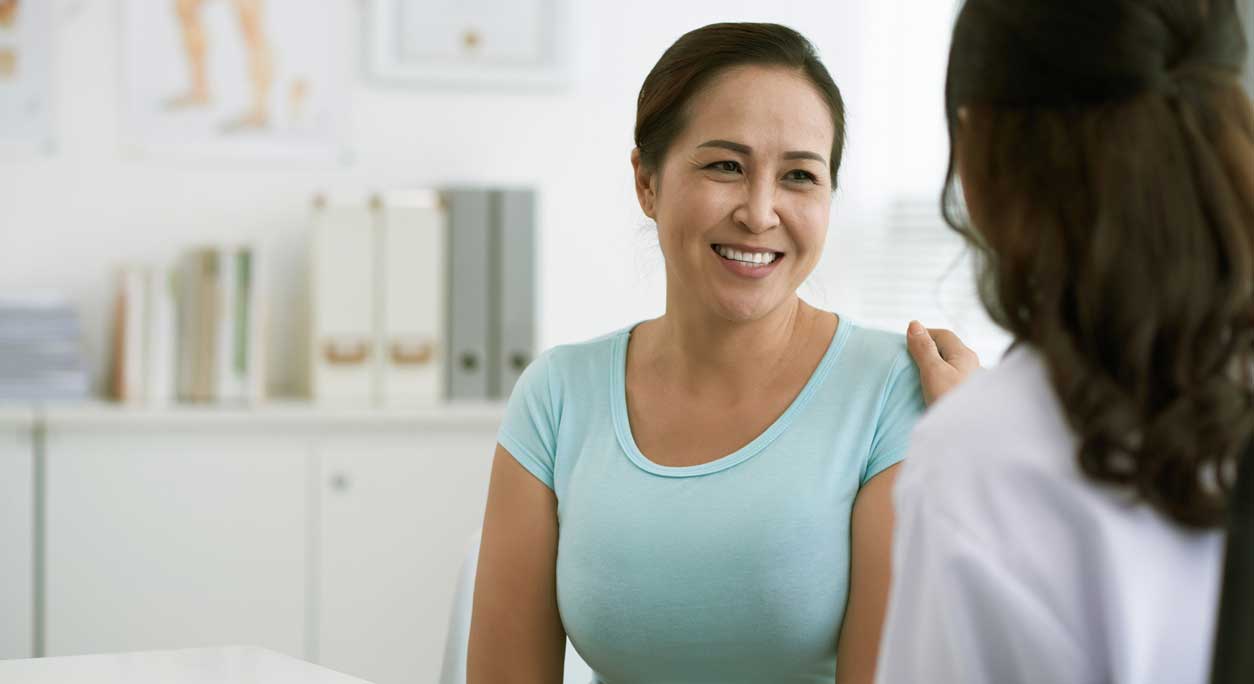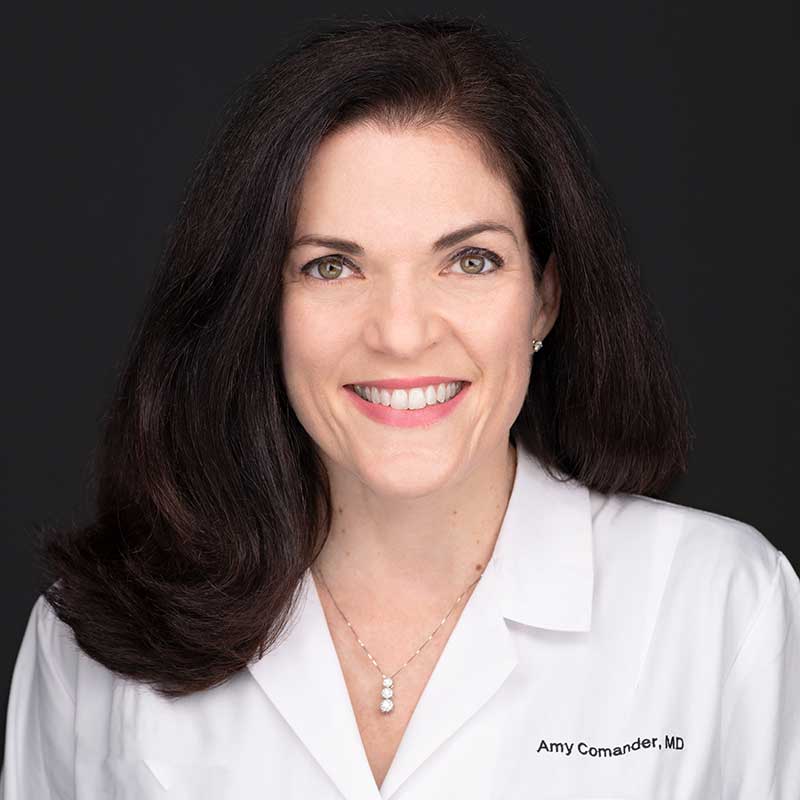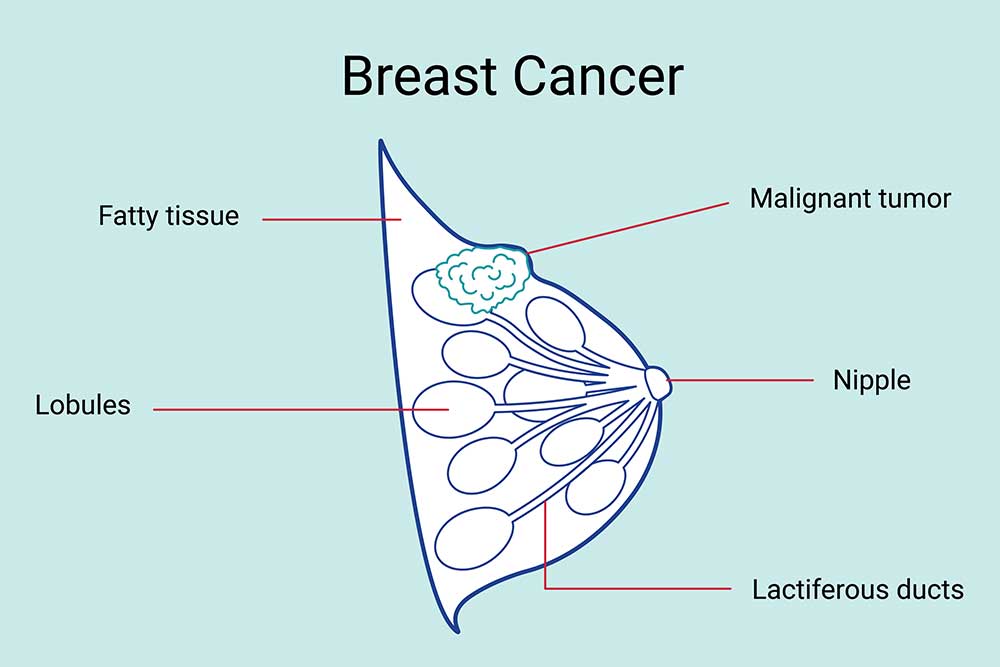-
- Find Care
-
- Visitor Information
- Find a Location
- Shuttles
- Visitor Policies
-
-
- Our Virtual Care Options
- Virtual Urgent Care
- Virtual Visits for Primary & Specialty Care
- Online Second Opinions
- Participate in Research
-
- Contact us
-
- For Innovators
- Commercialization Guide for Innovators
-
-
- Research News
- Alzheimer's Disease
- Artificial Intelligence
-
- Overview
-
- Overview
- Getting Started
- New to Mass General Brigham
- International Patient Services
- What Is Patient Gateway?
- Planning Your Visit
- Find a Doctor (opens link in new tab)
- Appointments
- Patient Resources
- Health & Wellness
- Flu, COVID-19, & RSV
- Billing & Insurance
- Financial Assistance
- Medicare and MassHealth ACOs
- Participate in Research
- Educational Resources
- Visitor Information
- Find a Location
- Shuttles
- Visitor Policies
- Find Care
-
- Overview
- Our Virtual Care Options
- Virtual Urgent Care
- Virtual Visits for Primary & Specialty Care
- Online Second Opinions
-
- Overview
- Participate in Research
-
- Overview
- About Innovation
- About
- Team
- News
- For Industry
- Venture Capital and Investments
- World Medical Innovation Forum (opens link in new tab)
- Featured Licensing Opportunities
- For Innovators
- Commercialization Guide for Innovators
- Contact us
-
- Overview
- Information for Researchers
- Compliance Office
- Research Cores
- Clinical Trials
- Advisory Services
- Featured Research
- Two Centuries of Breakthroughs
- Advances in Motion (opens link in new tab)
- Brigham on a Mission (opens link in new tab)
- Gene and Cell Therapy Institute
- Research News
- Alzheimer's Disease
- Artificial Intelligence
-
- Overview
-
- Overview
- Residency & fellowship programs
- Brigham and Women's Hospital
- Massachusetts General Hospital
- Mass Eye and Ear
- Newton-Wellesley Hospital
- Salem Hospital
- Integrated Mass General Brigham Programs
- Centers of Expertise
- Global & Community Health
- Health Policy & Management
- Healthcare Quality & Patient Safey
- Medical Education
- For trainees
- Prospective trainees
- Incoming trainees
- Current trainees
- Continuing Professional Development
Breast Cancer: Risk Factors, Symptoms, Screening

After skin cancer, breast cancer is the most commonly diagnosed cancer in women in the United States.
Amy Comander, MD, a breast oncologist, encourages all women be familiar with breast cancer risk factors, symptoms, and the latest screening recommendations. She is medical director of the Mass General Brigham Cancer Institute in Waltham and director of the Breast Oncology Program at Newton-Wellesley Hospital.
In this article, Dr. Comander answers common questions about breast cancer and shares steps woman can take to help reduce their risk of developing the disease.
Risk factors you cannot change
Getting older. Breast cancer risk increases with age.
Family history of breast cancer. Your risk for breast cancer is higher if your mother, sister, or daughter (first-degree relative), or multiple family members on either your mother’s or father’s side of the family have had breast or ovarian cancer. Having a first-degree male relative with breast cancer also raises your risk. Talk to your doctor about your family health history and whether genetic screening for breast and ovarian cancer may be right for you. If you have inherited changes (mutations) to certain genes, such as BRCA1 and BRCA2, you’re more likely these cancers than other women.
Reproductive history. Starting menstrual periods before age 12 and starting menopause after age 55 exposes women to hormones longer. This increases the risk of getting breast cancer.
Having dense breasts. Dense breasts have more connective tissue than fatty tissue. This can make it hard to see tumors on a mammogram. Women with dense breasts are more likely to get breast cancer.
Personal history of breast cancer or certain non-cancerous breast diseases. Women who’ve had breast cancer are more likely to get breast cancer a second time. Some non-cancerous breast diseases are associated with a higher risk of getting breast cancer. These conditions include atypical ductal hyperplasia, atypical lobular hyperplasia, or lobular carcinoma in situ.
Previous treatment using radiation therapy. Women who had radiation therapy to the chest or breasts before age 30 have a higher risk of getting breast cancer later in life. For example, women who’ve had radiation treatment for Hodgkin’s lymphoma are at increased risk.
Exposure to the drug diethylstilbestrol (DES). Some pregnant women took DES in the United States between 1940 and 1971 to prevent miscarriage. They have a higher risk of getting breast cancer. Women whose mothers took DES while pregnant with them also may have a higher risk of getting breast cancer.
Risk factors you can change
Being sedentary. Women who aren’t physically active have a higher risk of getting breast cancer than active women.
Being overweight or having obesity after menopause. Older women who are overweight or have obesity have a higher risk of getting breast cancer than those at a healthy weight.
Taking hormones. Some forms of hormone replacement therapy (those that include both estrogen and progesterone) taken during menopause can raise risk for breast cancer when taken for more than 5 years. Certain birth control pills may slightly raise breast cancer risk.
Reproductive history. Having your first pregnancy after age 30, not breastfeeding, and never having a full-term pregnancy can raise breast cancer risk.
Drinking alcohol. Studies show that a woman’s risk for breast cancer increases with the more alcohol she drinks.
Research suggests that other factors such as smoking, being exposed to chemicals that can cause cancer, and changes in other hormones due to night shift work also may increase breast cancer risk.
How can you reduce your risk of breast cancer?
Make these lifestyle changes to help reduce your risk of breast cancer:
Stay active. Find activities you enjoy, like walking, biking, dancing, swimming, or yoga.
Maintain a healthy weight. Healthy eating combined with regular activity can help you stay at a healthy weight.
Talk to your doctor about hormone treatments during menopause. Together, you can weigh the benefits and risks through shared decision making.
Limit alcohol consumption. It is best to limit alcohol use. Alcohol use disorder (AUD) in women is on the rise. Know that AUD is a treatable condition. Your doctor can help connect you with a team that can develop a treatment plan tailored to your condition and needs.
Quit smoking. Talk to your provider if you need support to quit smoking. There are many effective treatments you can try.
Breast cancer screening
Doctors most commonly check for breast cancer using a breast exam or a screening mammogram, which is a low-dose x-ray of the breast.
“Depending on your risk factors, the American Cancer Society recommends that you and your doctor may decide to begin regular screenings starting at age 40,” explains Dr. Comander. “Women aged 45 to 54 should get mammograms every year; whereas women 55 and older can switch to mammograms every other year, or continue with annual screening. “
“Other organizations recommend women start screenings sooner.” She adds. “For example, the U.S. Preventive Services Task Force now recommends that all women get screened for breast cancer starting at age 40.“
If you have a family history of breast cancer, you may be a candidate for genetic testing.
Some women may also be also advised by their doctor to undergo screening with a breast MRI, or screening breast ultrasound.
Breast cancer signs and symptoms
“It’s good to be aware of breast cancer signs and symptoms, even if you’ve had a recent mammogram,” Dr. Comander advises.
Breast cancer signs and symptoms include:
A lump or swelling near the breast, including under the arm
Change in the size or shape of the breast
Thickening of breast tissue
Nipple inversion (in which the nipple is pulled inward)
Nipple discharge, particularly if bloody
Breast pain or tenderness
Puckering or dimpling of the breast skin, or
Scaliness or redness of the breast skin or nipple
Breast self-exams
“It’s important to be familiar with your own body and to perform regular breast self-exams,” says Dr. Comander. “This way, if you notice a change, you can take charge of your own health. If you do notice a lump, don't panic. Most lumps turn out to be benign or non-cancerous. If you have a lump, it's a good idea to make an appointment with PCP or gynecologist for a physical exam and mammogram.“
New Mass General Brigham study: ChatGPT 4 excels at picking right imaging tests for breast cancer screening
Mass General Brigham pioneers new research that brings the latest and most advanced screening and treatment options to our patients.
An artificial intelligence (AI) study by Mass General Brigham investigators found that AI language models, like ChatGPT, can accurately identify appropriate imaging services for breast cancer screening and breast pain.
The results, published in the Journal of the American College of Radiology, suggest that large language models have the potential to assist decision-making for primary care doctors and referring providers. In the future, these models may help doctors evaluate patients and order imaging tests for breast pain and breast cancer screenings.
Before any AI would be involved in medical decision-making, it would need to be extensively tested for bias, privacy concerns, and approved for use in medical setting. New regulations around medical AI could also play a big role in what makes it into patient care settings.

